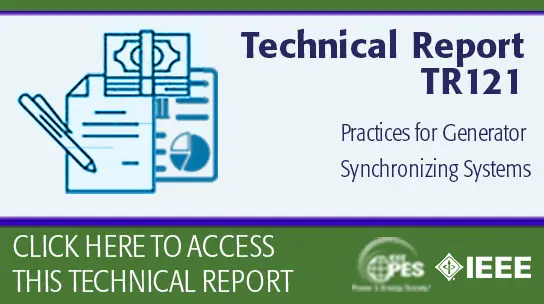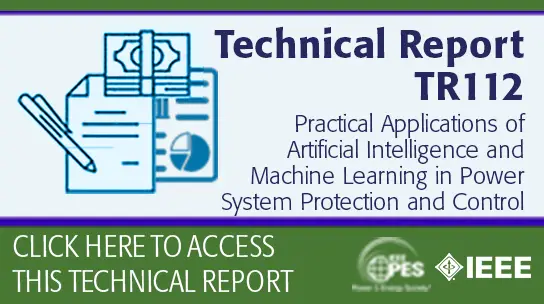-
Members: FreePES
IEEE Members: $45.00
Non-members: $70.00Pages/Slides: 101
27 Aug 2000
FOREWORD Relatively few companies have applied electromagnetic transient programs (emtp) since its inception 30 years ago. Up to 5 years ago, to run emtp required a computer workstation and a skilled engineer who knew how to model power system components using physical properties and how to properly code the program. With the present power of personal computers and the use of visually oriented software, any protection engineer - with some additional training - can conduct an emtp study. The need for emtp has increased with the advent of sophisticated multifunction digital relay systems, which are designed to provide complete protection for a power system component. Some of the newer designs have over 2000 setting possibilities and require extensive configuration and setting procedures. The traditional method of testing individual steady-state calibrations one at a time is no longer viable because of the excessive time required to reconfigure each individual element tested. A report from IEEE Power System Relaying Committee entitled Relay Performance Testing discusses how dynamic-state testing and transient simulations provide a far better understanding of how the relay system performs. By making a profile of the operation of the scheme, malfunctions can be found faster because it is easier to identify the changes in areas that don't operate the way they are expected. Emtp is one of the key tools needed to perform transient simulations. An emtp study provides the protection engineer not only a better understanding of the power system, but put in COMTRADE file format, the study can be used to run simulation tests on relay systems to confirm proper relay performance. As chairman ofthe IEEE Power System Relaying Committee, I established a task force to create this tutorial and to provide the first-step training for protection engineers. The material for this tutorial has been especially prepared by protection engineers for protection engineers. Today, the advantages of emtp, personal computers, multifunction relay designs, power system simulators and Global Positioning Satellites need to be utilized. With this technology we can, and should, do things differently in order to improve productivity and to attain a better understanding ofrelay performance and power systems during transient conditions. As a Past Chairman ofthe sponsoring committee, I wish you well in your quest for knowledge in new technologies and I hope the information presented in this tutorial will be your first-step in learning emtp. Tony Giuliante April 17, 2000
Primary Committee:
Power Engineering Education Committee
Sponsor Committees:
Power System Relaying Committee


